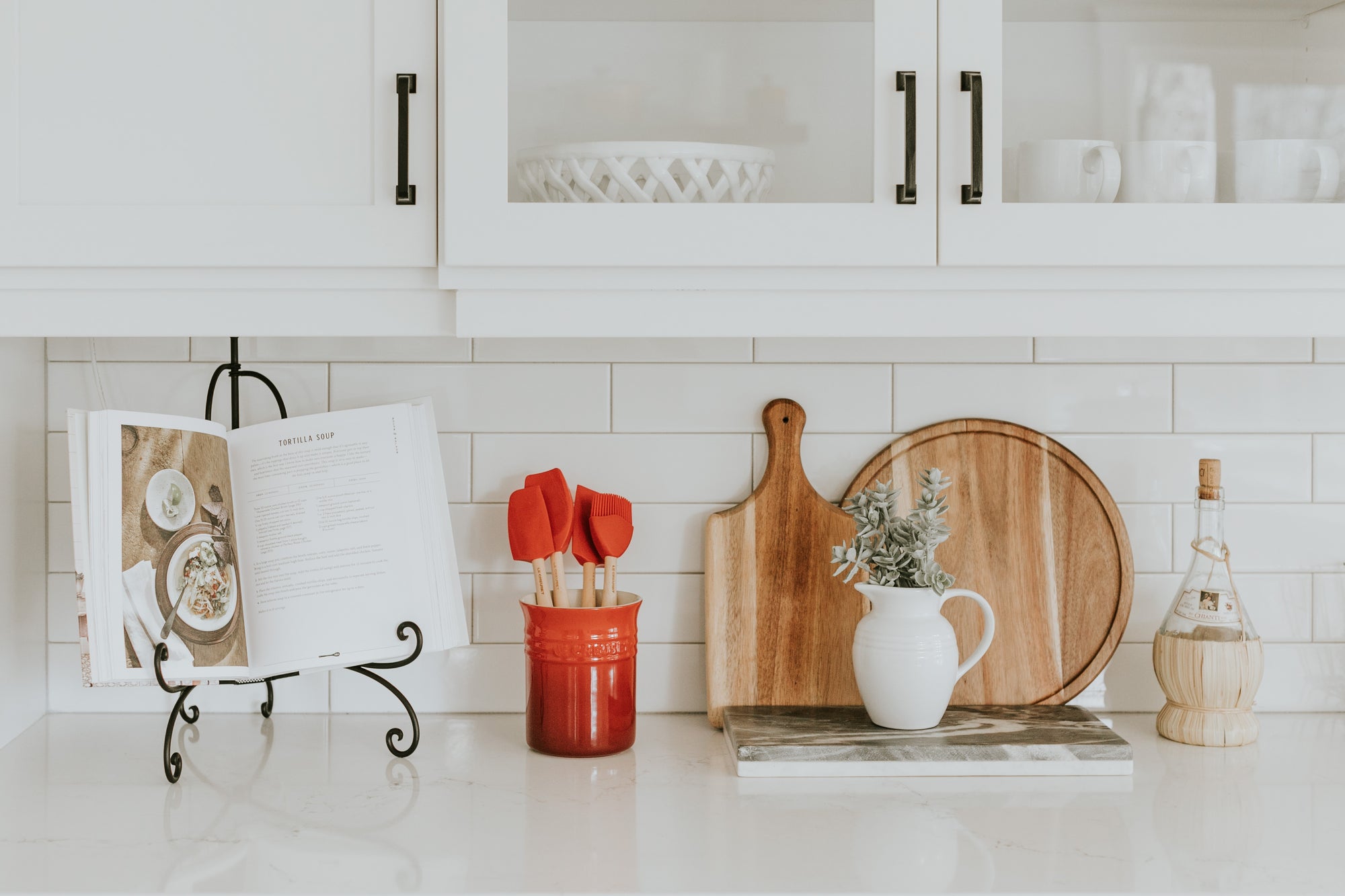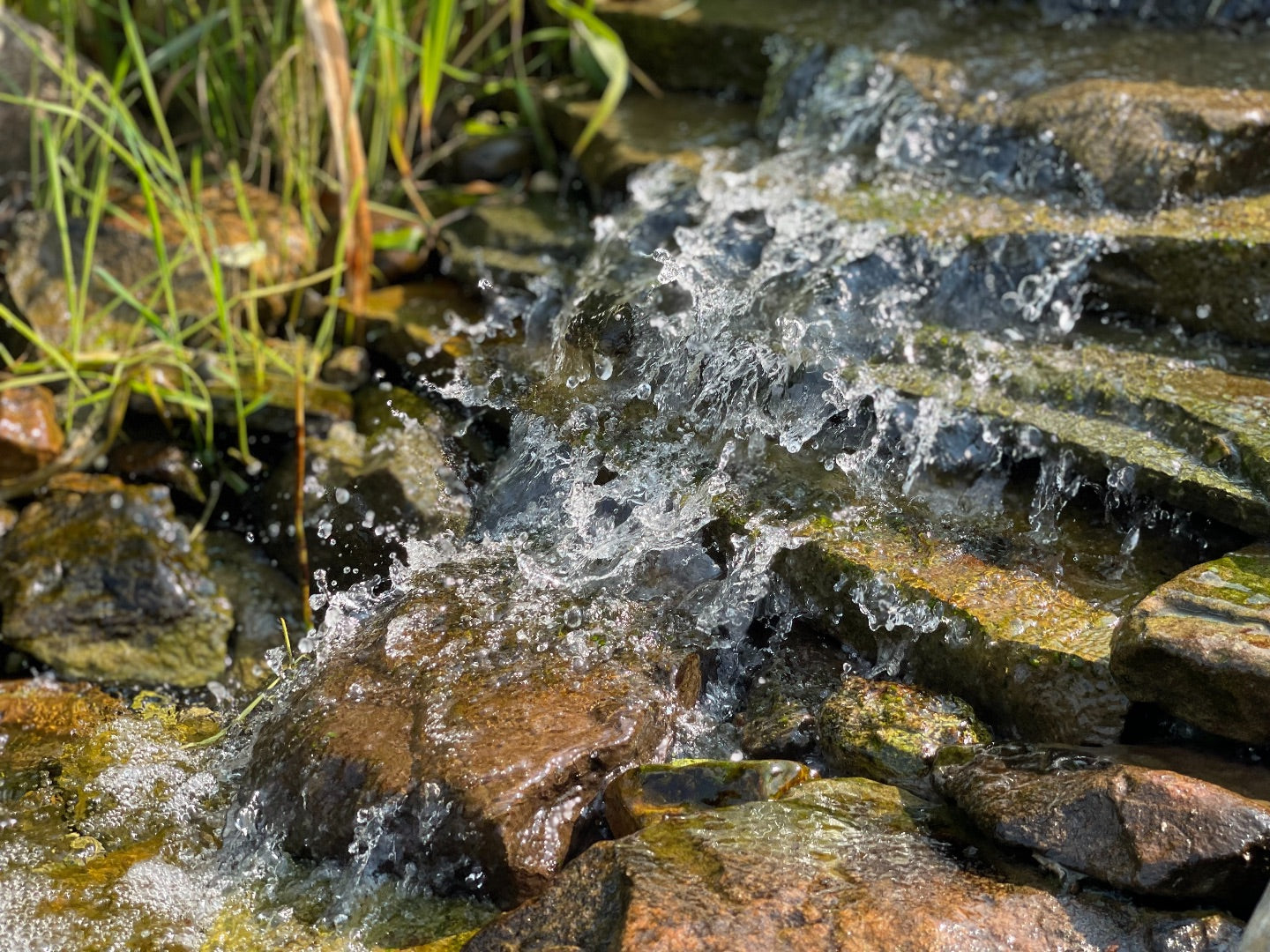In our modern world, plastic has become an inseparable part of our everyday lives. It’s everywhere you look. From the kitchen to the bathroom, the bedroom to the garages, coating the interior of our vehicles and wrapping our food. I challenge you to find a room in your house that is not littered with plastic products, items, and materials. You will notice, if you have not before, that plastic is everywhere. And if you stand by that realization, how does that make you feel?
While plastic has undoubtedly revolutionized convenience and modern living, the scale of its use is wreaking havoc on the environment, with far-reaching health implications for both the planet and ourselves. The importance of reducing plastic use in our daily lives cannot be overstated. Plastic, though incredibly versatile and durable, carries a dark side that demands our attention. Environmental degradation is one of the most pressing concerns; plastic pollution chokes our oceans, harms wildlife, and disrupts fragile ecosystems. The presence of plastic also extends its reach into our food chain, potentially posing health risks through the ingestion of microplastics. Reducing plastic use is not just an eco-conscious choice; it is necessary for safeguarding our environment and the well-being of current and future generations. By adopting alternatives and embracing a more sustainable lifestyle, we can mitigate these negative impacts, curbing the plastic problem one step at a time.

Starting the journey to reduce plastic use in everyday life and the home can feel like a daunting and overwhelming task, but it is important to remember that small, consistent actions lead to big impacts for the environment and for your own health. The key is to begin with manageable steps and gradually build from there. For someone who is further along in their journey to reducing plastic in their life, diving into eco-friendly car maintenance might not seem overwhelming, but for someone just starting out, it might be best to start by simply using reusable shopping bags when grocery shopping. Small changes will become habits that add up to a substantial reduction in your plastic footprint. If you feel yourself getting overwhelmed and wanting to give up, take a deep breath and remember that it is not about being perfect from day one; it is about progress over perfection. Celebrate your victories along the way, however small they may seem because even tiny impacts collectively contribute to a cleaner and healthier planet.
Replacing Plastic Products in the Kitchen
The kitchen is often the heart of our homes, and consequently, it can also be at the center of much of our daily plastic use. From food packaging to utensils and storage containers, plastic has become integral to our culinary routines. Although the kitchen can be one of the biggest culprits of plastic use, it is also one of the rooms in our homes that we can make the biggest impact in by making simple changes. The kitchen is a prime place to kickstart your plastic-reduction journey, and it sets the tone for positive changes in other parts of your home, as well.
By reducing plastic use in the kitchen, we not only contribute to a healthier environment but also enhance our well-being. One of the less discussed but highly concerning aspects of using plastic in the kitchen is the effects of ingesting microplastics. Over time, plastic containers, utensils, and cookware can break down, releasing tiny plastic particles that can add up in the food we eat. Often laced with harmful additives and chemicals, microplastics have been detected in various studies and are known to infiltrate our bodies. Their long-term effects are still not fully understood, but research suggests that they may disrupt our hormonal systems, weaken the immune system, and even carry the risk of cancer. Reducing our reliance on plastic in the kitchen is a win-win for the environment and for our health.
Starting with these plastic-free swaps will significantly reduce your plastic use in the heart of your home, the kitchen. And you will likely find that they are easier to swap than you might think.
Trade plastic storage containers for glass or stainless steel
You probably use food storage containers every single day, often storing leftovers or bulk foods in the pantry, like rice or flour. If you use it every day, should not that give you even more reason to swap for your health and environment? Exchanging plastic containers for glass or stainless steel will make a huge difference in reducing your everyday plastic use. You will find that you may like the durability of these containers better than plastic, too. Check out these glass food containers and these bulk food containers.
Eliminate plastic utensils by choosing bamboo or metal options
Consider this, plastic utensils go directly into our mouths, delivering plastic exposure with each and every morsel of food, not to mention just how disposable plastic utensils are. Without taking advantage of reusable alternatives, plastic utensils might be your most frequent plastic waste. For at home, you may find that metal utensils are your best bet, like these. When on the go, bamboo utensils make a great plastic-free alternative, that is also lightweight and can be easily stored, like these.
Ditch plastic straws for eco-friendly alternatives
Straws have received quite a bit of press in recent years. No matter how you feel about paper straws, we can all admit that plastic straws are not healthy for the environment or our health. If you do not mind paper and you do not have time to wash reusable straws, try these paper straws. Keep a pack in your car so you can skip plastic straws at your favorite coffee shops. But if you cannot stand the mushy paper feeling, these metal straws will give you the sturdiness without compromising on eco-friendliness. Better yet, Ask yourself if you truly need to be using a stray in the first place. More often than not, straws are used as a preference, not a necessity.
Reduce plastic food wrap with beeswax or silicone wraps
Cling wrap has become so popular that many people often find it a necessity in their kitchens. But did you know that plastic wrap can rarely be recycled because it needs to be completely clean and dry and it often clogs recycling plant machines? A few simple swaps will get you away from this silent culprit in no time. Beeswax wraps make a great swap for traditional plastic wrap, check out this one that comes in different sizes. Silicone wraps can also be used as a plastic-free alternative, like these. You can also get reusable silicone sandwich bags, like these, to leave Ziploc in the dust.
Use reusable shopping bags and avoid single-use plastic at the grocery store
This one is super easy and might even be economical if the state you live in requires a plastic bag tax. Bringing your own reusable shopping bags can help you cut out single-use plastic immensely. When you are able, opt for natural fiber cloth bags, like these organic cotton bags. Curious about swapping produce bags? Check out these reusable produce bags that display the tare weight on the label so you do not pay extra for the weight of the bag.
Replacing Plastic Products in the Bathroom
Our kitchens are not the only major offenders of plastic use in the home; it is also lurking in our personal care products in the bathroom. Most personal care products come in plastic containers, contributing to the plastic waste problem. Reducing our use of these products and opting for plastic-free alternatives is a crucial step in minimizing our overall plastic footprint and helping protect the environment.
Making plastic-free swaps in the bathroom might be the first place you experience needing to adopt a more serious plastic-free mindset. Convenience and cost are two of the most influential factors that drive people to stick with plastic products and packaging. Some plastic-free alternatives in your personal care are not easy to come by or may be beyond your budget, however, there are almost always alternatives that you can make at home. If you are not ready to make some of these more difficult exchanges, that is okay. Remember: progress over perfection. You will get there on your journey.
Swap out plastic toothbrushes for bamboo alternatives
Have you ever thought about what happens to your toothbrush after you toss it? It will likely sit in a landfill for 500 years, centuries after your life passes. Every toothbrush you have ever used is still around on the planet today. Make the trade to use a bamboo toothbrush, which works just as well as any other toothbrush on the supermarket shelves.
Choose plastic-free, refillable, or glass-packaged skincare and hygiene products
Even when the products themselves are free from plastic or harmful chemicals, plastic packaging can be a big offender of unnecessary waste. When you can, opt for products that are conscious of their packaging. Glass and metal containers are best, and even better when the company you purchase from offers waste-free refills of their products. Even if you have to start making your own toothpaste or deodorant to escape the plastic craze, here are some great reusable containers you can use to store your products.
Check out our blog on eco-friendly toothpaste options.

Sustainable bath time: replacing plastic shower curtains and loofahs
Another often overlooked area of plastic use is in our bathtubs and showers. Opt for plastic-free shower curtain alternatives, like these hemp shower curtains that are naturally mold-resistant. Plastic loofahs are popular but completely unnecessary. Cut these out and switch to a natural loofah instead, making your beauty and hygiene routine healthier as well.
Choose sustainable menstrual products
No woman can avoid her monthly flow, but that does not mean that she has to manage her menstrual cycle with single-use plastic products. Using reusable menstrual products is a fantastic way to reduce plastic waste. These cloth pads are made from organic cotton and are sure to be gentle on your sensitive areas. Growing in popularity are reusable silicone menstrual cups and discs like these. Menstrual cups and discs can be reused for up to 10 years and many women swear by them.
Replacing Plastic Products in the Bedroom
Plastic can be found even in hidden corners of the house. Plastic might be hiding in items that you never would have suspected. From your mattress to bed linens, plastic can be found everywhere in synthetic fabrics and materials. The quest for plastic-free sleep might feel daunting but do not feel like you have to make all these changes at once. Identifying areas of improvement and making small changes is better than doing nothing. For larger items, like swapping your traditional mattress for an organic, eco-friendly alternative, it is okay to wait until it is feasible for you to make the exchange, or even wait until you need to replace it anyway.
Replace plastic bedding and curtains with natural and eco-friendly fabrics
"Synthetic fabrics" is often just another way of saying "plastic fabrics." Synthetic materials are usually made using chemical processes and are typically derived from petroleum-based polymers. Some common synthetic fabrics made from plastic include polyester, nylon, spandex, and acrylic. Instead, opt for bedding and curtains made from natural fibers like organic cotton, linen, or wool (check out these beautiful and plastic-free bedding sets).
Choose natural fiber clothing
Similar to bedding, clothing fabrics can secretly harbor plastic-based products that are not only harmful to the environment but can significantly impact our health because we spend all day and night in them. Plastic-based fabrics can begin to break down during washing and release harmful plastic particles into our wastewater and shed microplastics against our skin. Again, avoid synthetic fabrics and choose natural fabrics like organic cotton, linen, and wool instead. Here are some of our favorite brands to shop instead: Pact, Toad & Co., and MATE the Label.

Eco-friendly and plastic-free storage solutions for clothing
Trade your plastic closet hangers for wood, bamboo, or metal alternatives. Trade plastic containers for cloth storage bags or baskets from natural materials. Trade plastic garment bags for reusable cloth bags. When purchasing furniture, opt for natural wood, rather than pieces that may have plastic laminates or veneers.
Replace your mattress with an organic, plastic-free one
As absurd as it sounds, even your mattress is likely harboring hidden plastics. Your mattress might have a thin layer of plastic stitched in just beneath the outer cover meant for waterproofing and stain resistance. Most synthetic foams (including memory foam) are made from polyurethane or other plastic-based materials. Many non-organic mattresses may have flame retardant chemicals added, which can include plastic-based components (not to mention the health impacts of the other components of these chemicals). If you get 8 hours of sleep a night, you will end up spending a third of your life snuggling with an item that causes serious environmental and health implications. When you are able to swap mattresses, opt for an organic, plastic-free one, like this one.
What next?
Swapping items in your home to be plastic-free and environmentally friendly can feel completely overwhelming. If you do not know where to begin, use this list as a checklist. Start in just one room and slowly replace items until you are ready to move on to the next room. Remember, the goal is progress, not perfection. The collective impact of reducing plastic in each room adds up to a big change for the environment. And the added health benefits of reducing plastic exposure can also contribute to a more healthy world for the planet and your health.
We have not covered every room of the house yet, stay tuned for Part 2 where we will reduce plastic in our living room, home office, laundry room, and garage.
Do you have plastic-free alternatives for the home you recommend or tips for cutting out everyday plastic use? Share them in the comments below.

Disclaimer: The information provided in this article is for educational and informational purposes only. It is not intended as a substitute for professional medical advice, diagnosis, or treatment. Always seek the advice of your physician or another qualified healthcare provider with any question you may have regarding a medical condition.



